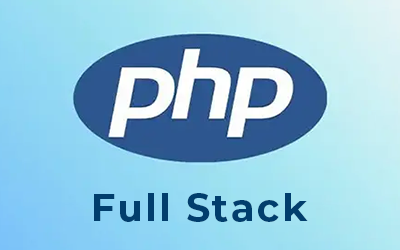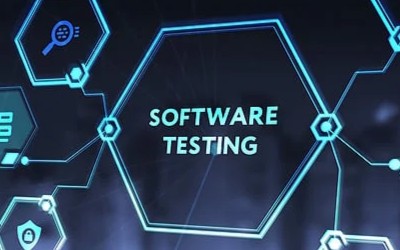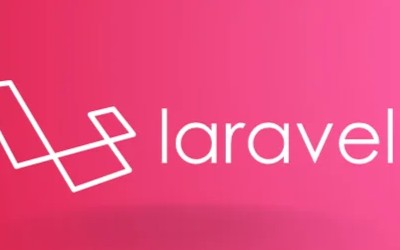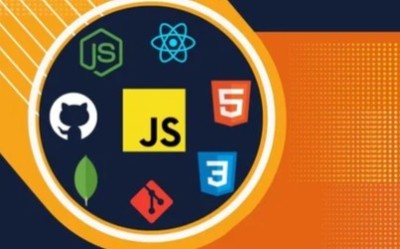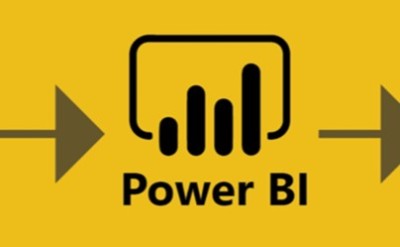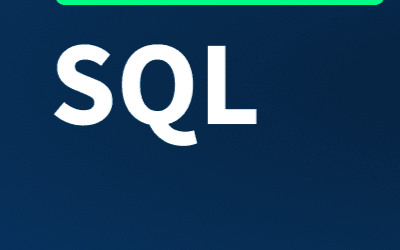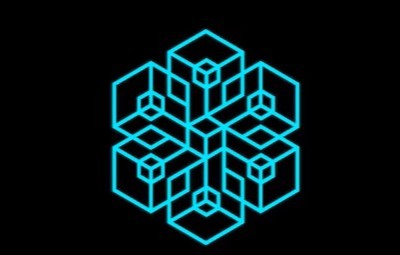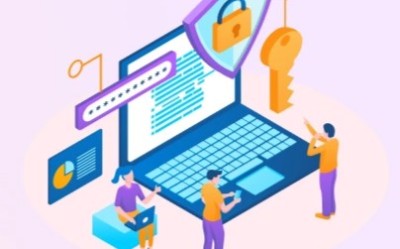Course description
Highlights:
- Introduction to Full Stack Development: Understand the components of full-stack web development,
including PHP for backend, Laravel as a PHP framework, and React for the frontend. - Backend Development with PHP and Laravel: Master backend development using PHP and Laravel
to build secure, scalable, and maintainable APIs. - Frontend Development with React: Learn React to create interactive, dynamic, and responsiveuser
interfaces. - Database Management: Work with databases like MySQL, PostgreSQL, or MongoDB to store andmanage data. - API Development and Integration: Create and integrate RESTful APIs to enable communicationbetween the frontend and backend. - Deployment and DevOps: Learn how to deploy applications to cloud platforms and manage
production environments effectively.
Course Objective:
By the end of this course, you will be able to: - Build full-stack applications using PHP (Laravel) for the backend and React for the frontend. - Manage databases and integrate them into your applications using MySQL, PostgreSQL, or
MongoDB. - Develop and consume RESTful APIs for frontend-backend communication. - Implement authentication and authorization mechanisms. - Deploy applications to cloud platforms like Heroku, AWS, or DigitalOcean. - Optimize, test, and debug both frontend and backend components.
Course Structure:
1. Introduction to Full Stack Development
- Overview of full-stack development: Roles and components.
- Understanding the tech stack: PHP (Laravel) for the backend, React for the frontend. - Tools and frameworks: Composer, Laravel, React, Node.js, npm, Git, GitHub, VS Code. - Introduction to cloud platforms and deployment environments (Heroku, AWS, DigitalOcean)
2. Backend Development with PHP and Laravel - Introduction to PHP: Syntax, functions, and object-oriented programming. - Getting started with Laravel: Installing Laravel, setting up projects, and exploring the framework’sstructure. - Building RESTful APIs with Laravel: Routes, controllers, middleware, and responses. - Database management with Laravel: Integrating MySQL, PostgreSQL, and MongoDB using
Eloquent ORM. - Implementing CRUD operations (Create, Read, Update, Delete). - User authentication and authorization using Laravel Passport, JWT, or OAuth. - Working with file uploads, email services, and third-party integrations
3. Frontend Development with React
- Introduction to React: JSX, components, props, state, and lifecycle methods. - Setting up a React project: Creating a new React app, organizing components. - Handling user input and managing forms in React. - Routing with React Router: Setting up a single-page application. - Fetching data from the backend using Axios or the Fetch API. - Managing state with React's Context API or Redux for large-scale applications. - Styling React components with CSS, Flexbox, Grid, and frameworks like Bootstrap or Material UI. - Optimizing React performance: Lazy loading, React.memo, and code splitting.
4. Connecting Laravel Backend with React Frontend
- Understanding RESTful APIs and how React communicates with Laravel. - Setting up API routes in Laravel to handle frontend requests. - Sending data from React to Laravel: Using Axios or Fetch API. - Handling authentication with Laravel (JWT, Passport) and React (token storage, session
management). - Building dynamic and real-time features: User profiles, dashboards, chat systems, or notifications. - Error handling in both React and Laravel: Loading states, form validation, and user feedback.
5. Database Management and Integration
- Introduction to relational and NoSQL databases: MySQL, PostgreSQL, MongoDB. - Setting up and managing databases in Laravel: Migrations, seeding, and schema changes. - Writing efficient queries using Laravel’s Eloquent ORM. - Integrating and querying databases from the React frontend. - Optimizing database performance for large datasets: Indexing, query optimization, and caching. - Database security best practices: SQL injection prevention, encryption
6. Deploying Full Stack Applications
- Preparing applications for production: Environment variables, build processes, and security best
practices. - Deploying the backend (Laravel) to cloud platforms like Heroku, AWS, or DigitalOcean. - Deploying the frontend (React) to cloud hosting platforms like Netlify, Vercel, or AWS S3. - Setting up continuous deployment (CI/CD) with tools like GitHub Actions, Jenkins, and GitLab. - Configuring Laravel and React to work together in production environments. - Managing production databases and scaling applications
7. Testing and Debugging
- Introduction to testing in Laravel: Unit tests, feature tests, and testing API endpoints. - Testing React components with Jest, React Testing Library, and end-to-end testing with Cypress. - Debugging techniques for both Laravel and React applications: Browser developer tools, debugging logs, and Laravel’s built-in tools. - Writing effective tests: Unit tests, integration tests, and functional tests for both backend andfrontend. - Best practices for error handling: Error boundaries in React and Laravel’s error logging.
8. Capstone Project and Real-World Applications
- Build a complete full-stack application: From backend to frontend, integrating both PHP (Laravel)
and React. - Key features: Authentication, CRUD operations, real-time features, and dynamic user interfaces. - Deploy the application to cloud platforms for real-world use. - Presenting your project: Demonstrating the flow of data, API integration, and user experience. - Portfolio development: How to showcase your full-stack application to potential employers or
clients
Learning Methodology:
- Interactive Lessons: Engage with practical coding exercises, tutorials, and case studies to strengthenyour understanding of both frontend and backend technologies. - Hands-On Projects: Apply your knowledge by building real-world applications that integrate PHP(Laravel) with React, databases, and cloud platforms. - Assessments and Quizzes: Reinforce learning with quizzes, assignments, and project assessments totrack your progress. - Live Sessions: Participate in live coding sessions, troubleshooting, and Q&A with instructors. - Discussion Forums: Collaborate with peers, share solutions, and ask questions in dedicated
community forums.
Who Should Enroll:
- Beginners: Anyone interested in learning web development from scratch and looking to buildfull- stack web applications with PHP, Laravel, and React. - Frontend Developers: Frontend developers who want to expand their skills and build full-stack
applications using PHP and Laravel. - Backend Developers: Developers with PHP experience who want to master Laravel and integrateReact into their applications. - Software Developers: Developers looking to become proficient in full-stack development withapowerful PHP and React stack. - Entrepreneurs and Product Managers: Individuals looking to build and manage dynamic webapplications from start to finish. - Students and Professionals: Those who want to enhance their web development portfolio withfull- stack projects. This PHP Full Stack Development (PHP, Laravel, React) course will provide you with a robust skill set
for developing dynamic, scalable, and interactive web applications. Whether you’re newto full-stackdevelopment or looking to expand your existing web development knowledge, this course will giveyou the tools to succeed in creating modern, real-world applications

